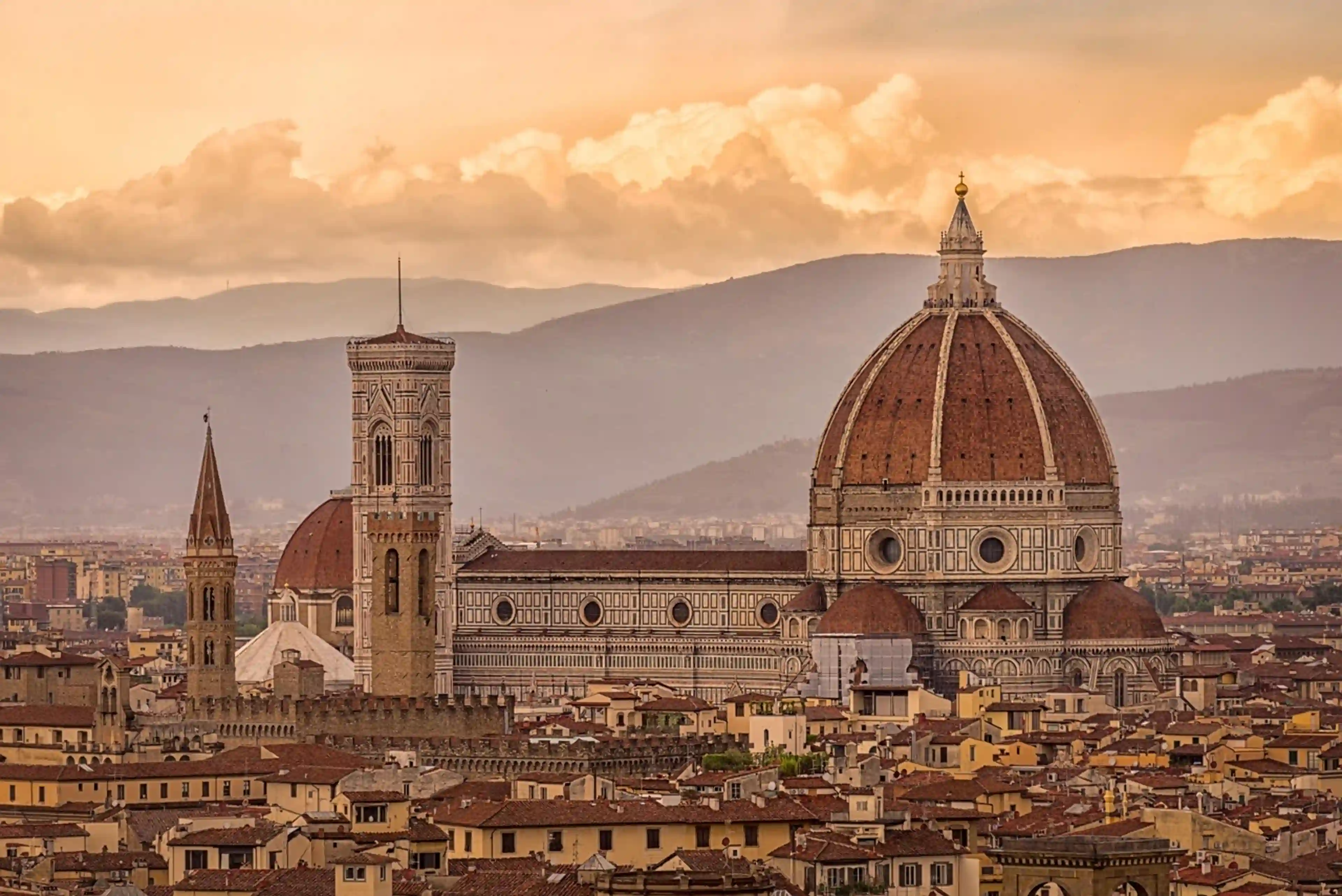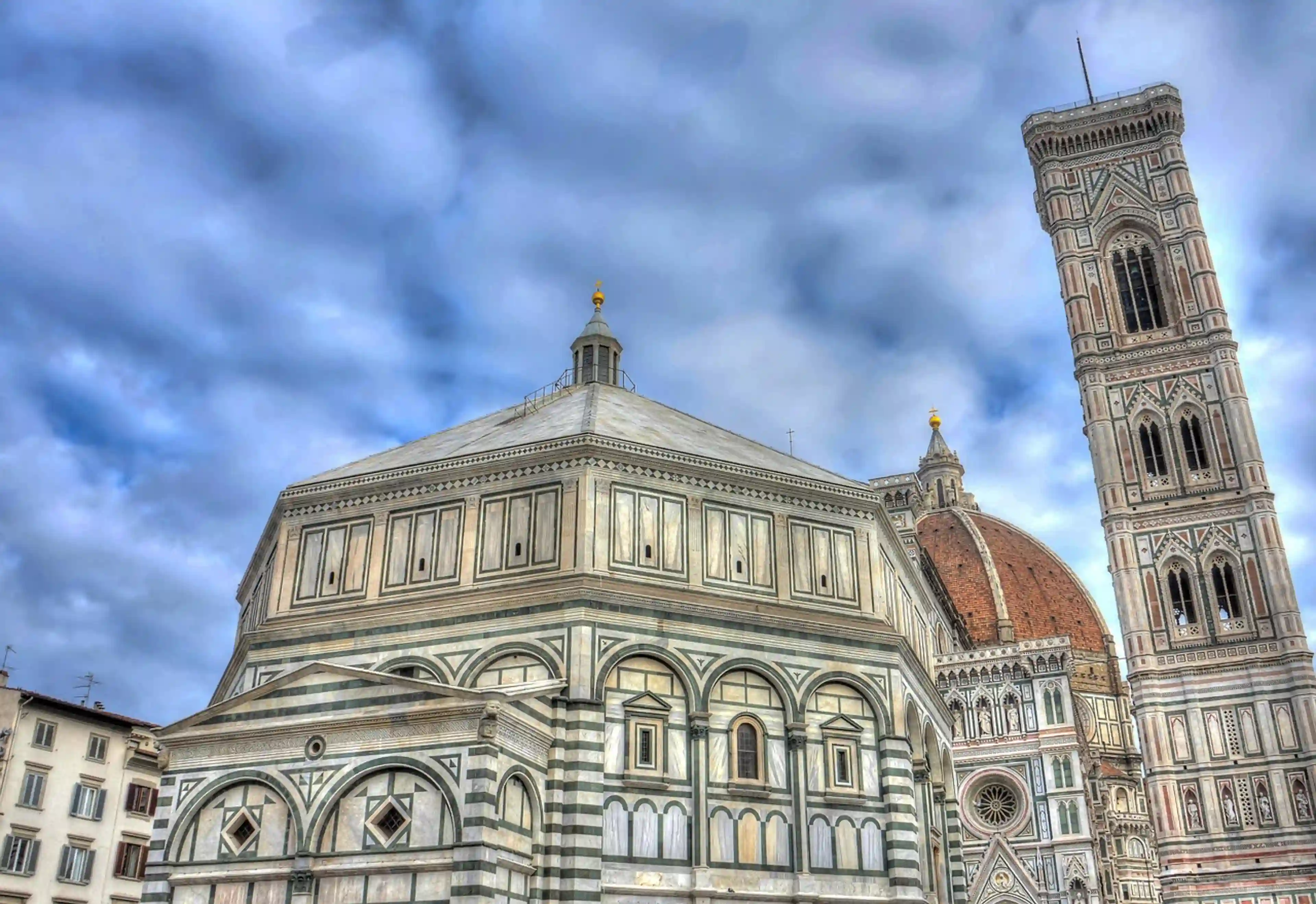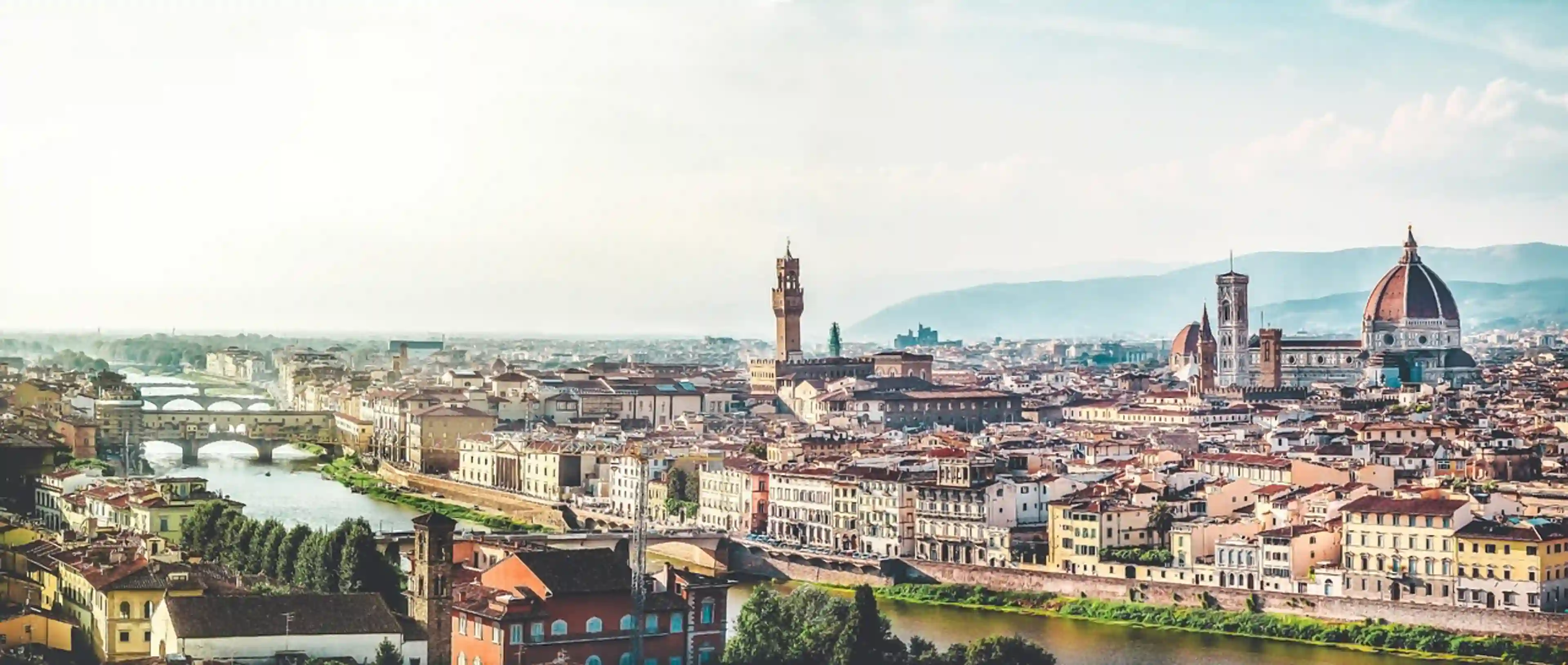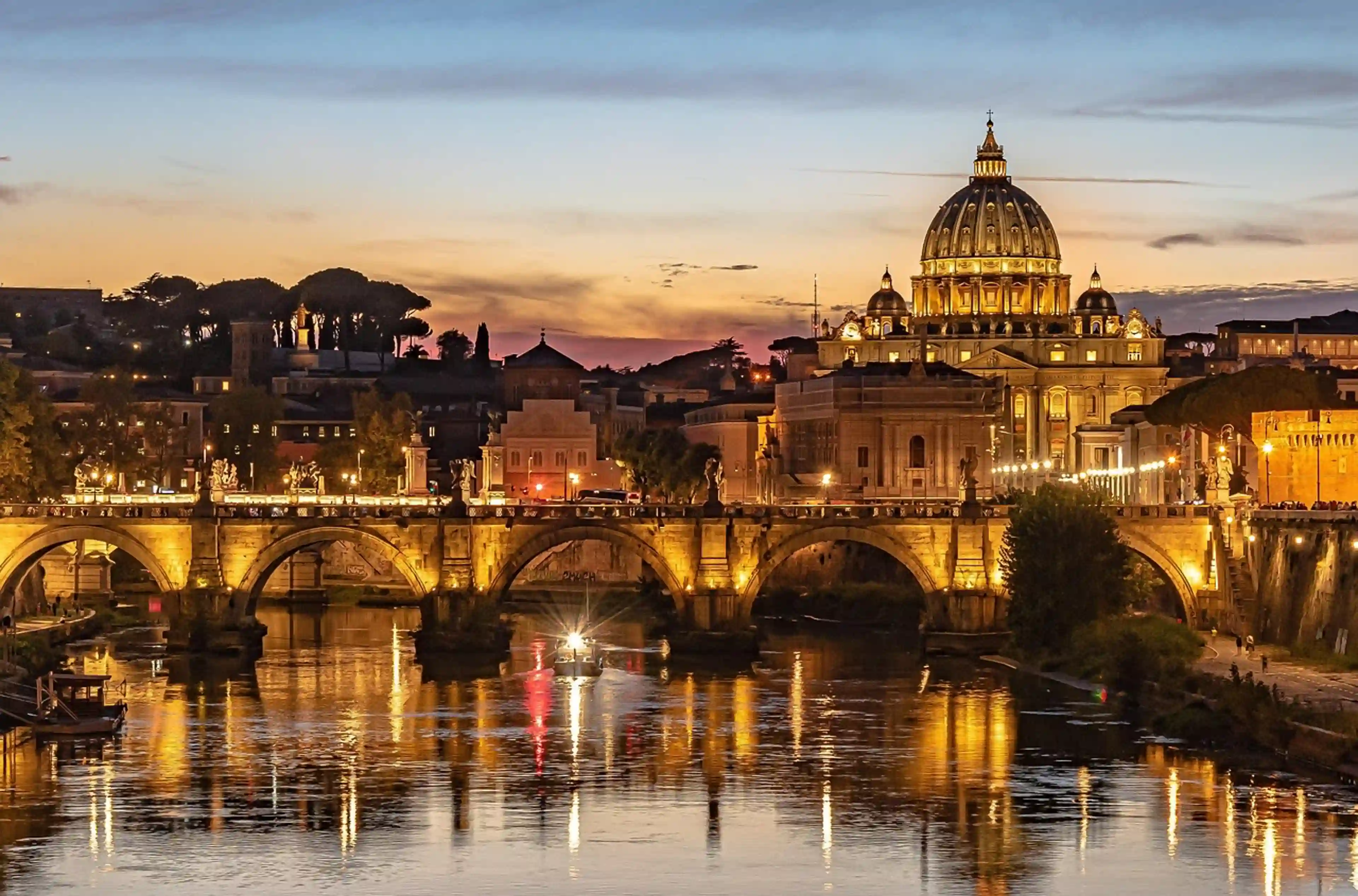Bologna
General presentation
Top 50
History, culture & traditions
Travel advice
Wikipedia
Viator activities
Tiqets activities
General presentation
Global presentation
As the capital of the Emilia-Romagna region, this Italian city shines due to its triple heritage, which has earned it three evocative nicknames. "La Dotta" (the learned) for its university founded in 1088, the oldest in the Western world. "La Grassa" (the fat) in tribute to its exceptional culinary tradition. "La Rossa" (the red) for the characteristic color of its roofs and its political history. The famous porticoes, which stretch over more than 38 kilometers across the city, offer a unique architectural charm and bear witness to a remarkably preserved historical heritage.
Geographical situation
Strategically positioned in northeastern Italy, between the Po Valley and the Apennines, the city occupies a prime location that makes it a true crossroads. Approximately 80 kilometers northwest of Florence and 150 kilometers southeast of Milan, this central position fosters cultural and commercial exchanges with the entire Italian peninsula.
Atmosphere and character
The soul of the city thrives to the rhythm of its many students, who make up about a quarter of the population. This youth brings a special energy to the streets and squares, creating a dynamic and cosmopolitan atmosphere. The intense cultural life is manifested through numerous festivals, a thriving arts scene, and a multitude of bars, cafes, and taverns that enliven the historic center late into the night.
Climate
The humid subtropical climate is characterized by marked contrasts between the seasons. Winters are cold and damp, with temperatures often hovering around zero degrees. Summers can be hot and muggy, sometimes reaching heatwave levels. Precipitation is spread throughout the year, with notable intensification in spring and autumn.
Best season to visit
The optimal periods are in spring (April to June) and autumn (September to October). These seasons offer mild weather conditions and a reasonable influx of tourists, allowing for full enjoyment of the heritage and local atmosphere. It is advisable to avoid August, a month when many establishments close and the heat can be overwhelming.
Access
By plane: Guglielmo Marconi International Airport (BLQ), located 6 kilometers from the center, serves numerous national and international destinations. The Marconi Express, an electric monorail, connects the airport to the central station in just 7 minutes.
By train: The central station is a major railway hub in the Italian network, with high-speed connections to Milan, Florence, and Rome.
By car: The A1, A13, and A14 highways converge on the city, ensuring efficient connections with major Italian metropolises.
Internal transportation
The compact historic center is best explored on foot, with the porticoes providing natural protection against the weather. For longer distances, a bus and trolleybus network managed by TPER serves the entire metropolitan area. Transport tickets, valid on all modes, can be purchased at stations, newsstands, or directly from drivers for about €1.30 for a single trip.
Top 50
Wikipedia
Viator activities
Tiqets activities



